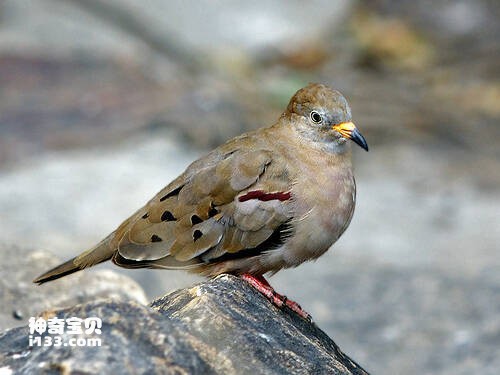
Columbina cruziana
Columbina cruziana,Croaking Ground Dove
Columbina cruziana and Croaking Ground Dove are unknown.Listed in the Intern···
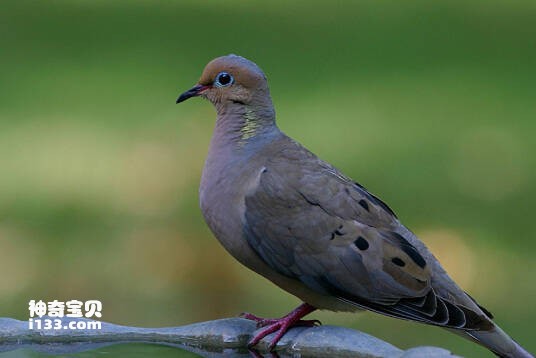
Columbina cyanopis
Columbina cyanopis,Blue-eyed Ground Dove
The Blue-eyed Ground Dove, Columbina cyanopis or Blue-eyed ground dove, is e···
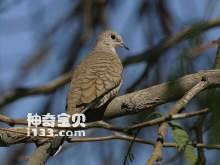
Columbina inca
Columbina inca,Scardafella inca
The Incan ground dove's scientific name is Columbina inca and its foreig···
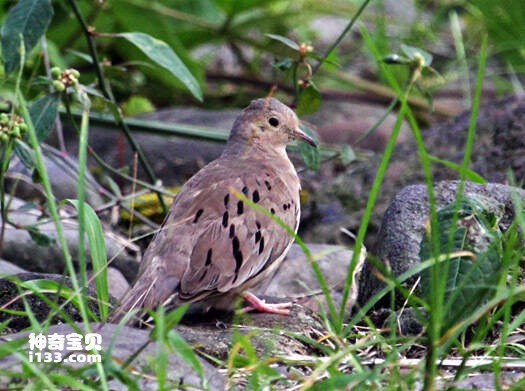
Kolumbina buckleyi
Kolumbina buckleyi,Ekuadorian Ground-dove
The Ecuadorian Ground dove is known by its scientific name Kolumbina buckley···
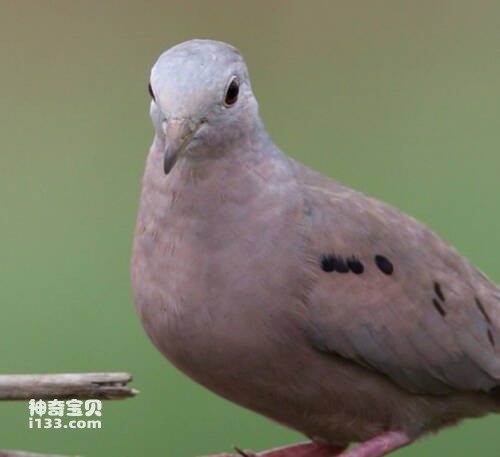
Columbina minuta
Columbina minuta,Plain-breasted Ground-dove
Its scientific name is Columbina minuta, and its foreign name is Plain-breas···
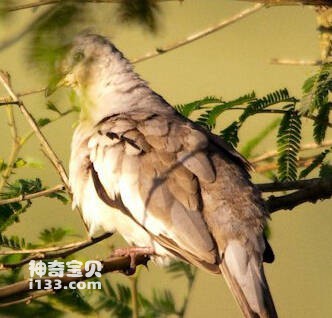
Columbina picui
Columbina picui,Picui Ground Dove
Columbina picui, Picui Ground Dove, the specific habit is unknown.Listed in ···
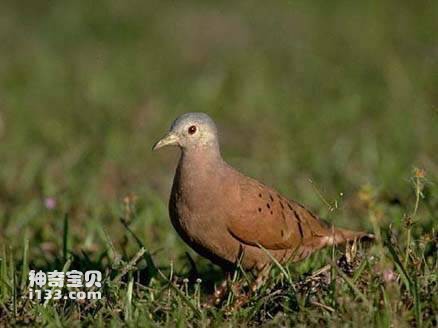
Columbina talpacoti
Columbina talpacoti,Ruddy Ground Dove
Its scientific name is Columbina talpacoti, and its foreign name is Ruddy Gr···
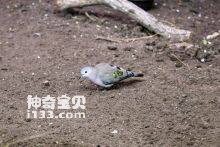
Turtur chalcospilos
Turtur chalcospilos,Emerald-spotted Wood-dove
Turtur chalcospilos, foreign name Emerald-spotted Wood-dove, tree-dwelling, ···
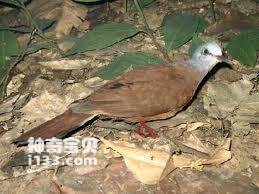
Turtur brehmeri
Turtur brehmeri,Blue-headed Wood-dove
Its scientific name is Turtur brehmeri, and its foreign name is Blue-headed ···
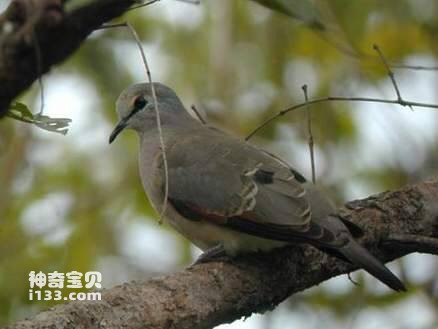
Turtur abyssinicus
Turtur abyssinicus,Black-billed Wood-dove
Turtur abyssinicus, also known as Black-billed Wood-dove, is unknown.Listed ···
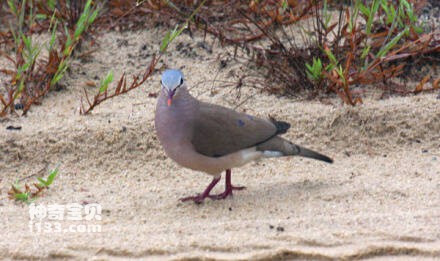
Turtur afer
Turtur afer,Blue-spotted Wood-dove,Blue-spotted Dove
Its scientific name is Turtur afer, and its foreign names are Blue-spotted W···
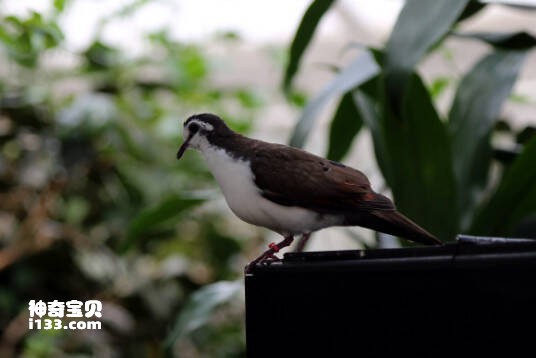
Turtur tympanistria
Turtur tympanistria,Tambourine Dove
Its scientific name is Turtur tympanistria, and its foreign name is Tambouri···
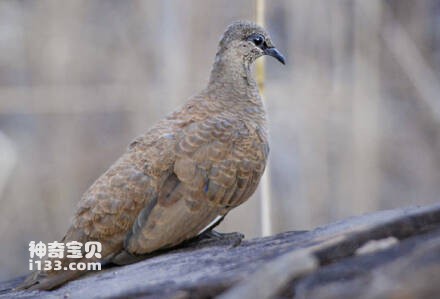
Petrophassa albipennis
Petrophassa albipennis,White-quilled Rock-pigeon
The scientific name Petrophassa albipennis, White-quilled Rock-pigeon, is un···
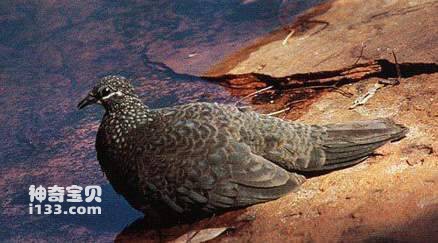
Petrophassa rufipennis
Petrophassa rufipennis
The scientific name Petrophassa rufipennis is unknown.Listed in the Internat···
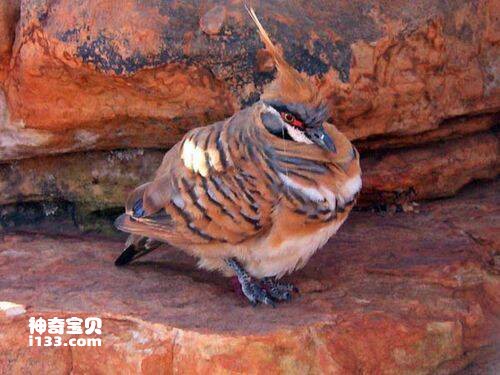
Geophaps plumifera
Geophaps plumifera,Spinifex Pigeon
Geophaps plumifera (Spinifex Pigeon, not known)Listed in the International U···
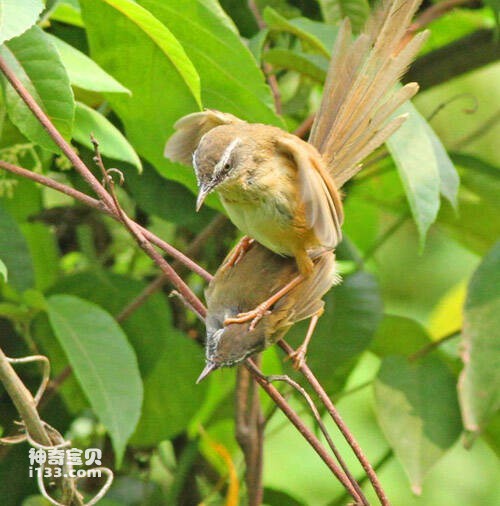
Turacoena modesta
Turacoena modesta,Slaty Cuckoo-dove
As modesta, Turacoena modesta, as Slaty Cuckoo-dove, is modesta.Listed in th···
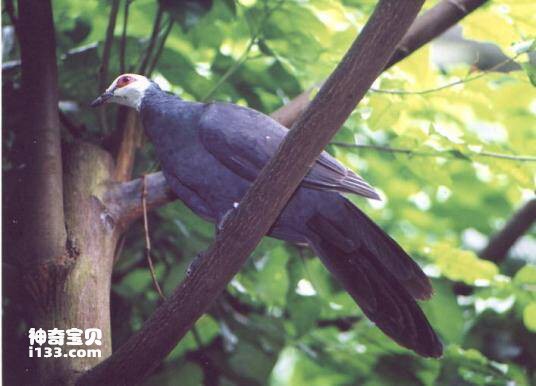
Turacoena manadensis
Turacoena manadensis,White-faced Cuckoo-dove,White-faced Dove
Its scientific name is Turacoena manadensis, and its foreign names are White···
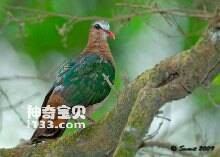
Chalcophaps indica
Chalcophaps indica,Emerald Dove,Common Emerald Dove
Emerald Dove (Chalcophaps indica) has nine subspecies: Emerald Dove and Comm···
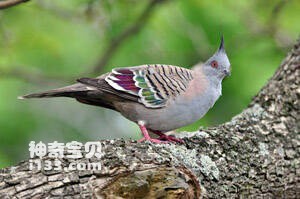
Ocyphaps lophotes
Ocyphaps lophotes,Crested Pigeon
The Crested Pigeon (Ocyphaps lophotes) has two subspecies.The most distincti···
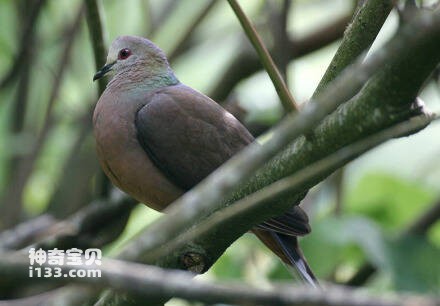
Columba larvata
Columba larvata,Lemon Dove,Cinnamon Dove
African pigeon names Columba larvata, Lemon Dove, Cinnamon Dove, specific ha···
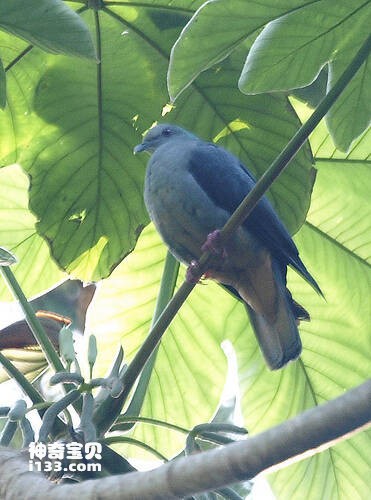
Columba malherbii
Columba malherbii,Sao Tome Bronze-naped Pigeon
Sao Tome Bronze-naped Pigeon: Columba malherbii, SAO tome bronze-naped pigeo···
